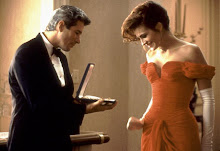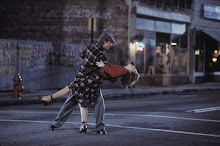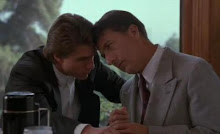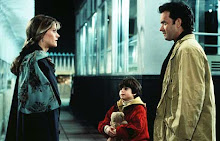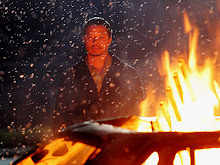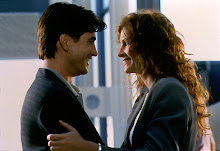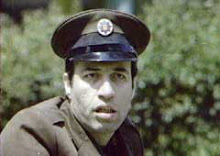- Young adults aged 15-30 both genders
- Thriller/horror is typically watched by male audiences however the female main character would attract more female viewers.
- In fact, from our audience feedback we found that female viewers prefer our film:
This could be because of:
- The romantic theme of the film
or
-The strong female protagonist as she is someone for the audience to admire. This is because we are showing an independent woman who is strong willed and who fights for herself, which would attract female audiences.
This could also target the male audience because:
- They may admire and respect the female character because of her character traits.
- However, it is also possible that they would not want to see a film where the male character is the victim and would like the female character to be the ‘damsel in distress’
 Secondary:
Secondary:Fans of thriller/horror of any age - as our opening follows many of the conventions of the hybrid
We would also target people of different ethnicities, particularly Mediterranean people as the film represents their culture













